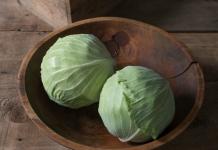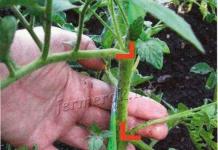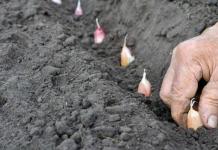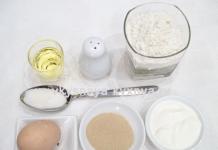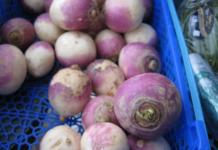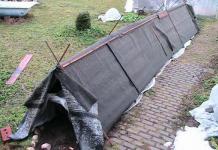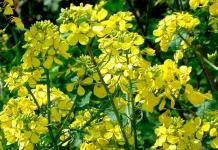Hello everyone! Winter still reigns in the yard, but gardeners and gardeners are not asleep. And if the summer cottage is still resting, then the preparatory work for the start of the new season must be carried out now. Otherwise, it will be too late later.
The most common thing that gardening enthusiasts usually do is planting seeds of various vegetable crops on seedlings. And such work is being carried out already in February-March. True, if you purchase ready-made seedlings, then you then have nothing to worry about.
In this article we will talk about how to grow tomatoes for seedlings.
If you think that everything is very simple - you sowed the seeds and wait for them to sprout, then you are very mistaken. Before you start sowing, you need to prepare them, or, as it is also called, to make forcing.
Not all seeds can germinate equally or at all. It may also happen that the sowing will not sprout at all. So, in order to ensure high germination, you need to know how to prepare seeds for planting, how to sow them and how to care for those that have already sprouted.
Often, when carrying out certain garden work, we use the lunar calendar for gardeners and truck farmers. It details when and at what time it is best to carry out planting work.
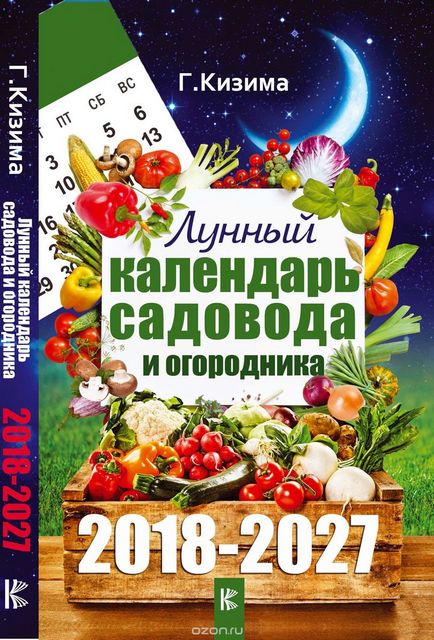
The main factor to consider is the phases of the moon. Usually, after the new moon, plants with ground fruits are planted, and root crops - after the full moon.

In the waning phase of the moon, sap flows from the top of the plant to its roots. Therefore, it is not recommended to plant tomatoes at this time. But in the growth phase, the opposite happens, the inflow of juice to the tops. And this is a very right time for planting.
Below is a table of the phases of the moon, guided by which, you can carry out planting work.
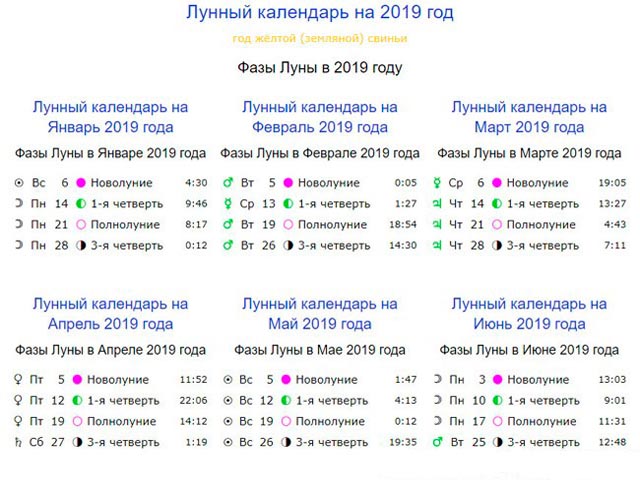
As it can be seen from it, the most favorable days for landing work will be the days that fall on the waxing moon phase.
If we also take into account the signs of the Zodiac, then the period of favorable and unfavorable days will look like this:
- Favorable days in February - 1, 2, 3, 7, 8, 11, 12, 13, 16, 17, 24, 25. Unfavorable - 4, 5, 6, 19.
- In March - 10, 11, 12, 15, 16, 23, 24. You do not need to plant sv such days - 5, 6, 7, 21.
- In April - 7, 8, 11, 12, 20, 21. The days of the new moon and full moon, that is, forbidden - 4, 5, 6 and 19.
- In May - 1, 8, 9, 10, 15, 16, 17, 18, 26, 27, 28, 31. And such unfavorable days are 4, 5, 6 and 19.
Thus, the most favorable days in March will be such days as 10.03, 15-16.03, 23-24.03. During this period, the Moon is in the fertile signs of the Zodiac and plants absorb all the nutrients from the earth best of all.
If you want to transplant or dive tomatoes, then 08-09.05 will be the best days with the growing moon; 17-18.05. The most optimal day will be 05/18/19, since it is at the junction of two phases - the full moon and the phase of the growing moon. It is believed that such transitional days have the most beneficial effect on plants.
How to germinate tomato seeds for seedlings
Well, we figured out the dates, now you can start preparing the seeds. The first step is to germinate them. But first, it is necessary to inspect and select seeds for planting. This should be done especially if you purchased them in a store.
Place the seeds in salt water. Good seeds will sink and empty ones will float. Having selected, thus, the planting material, we wash it in water.
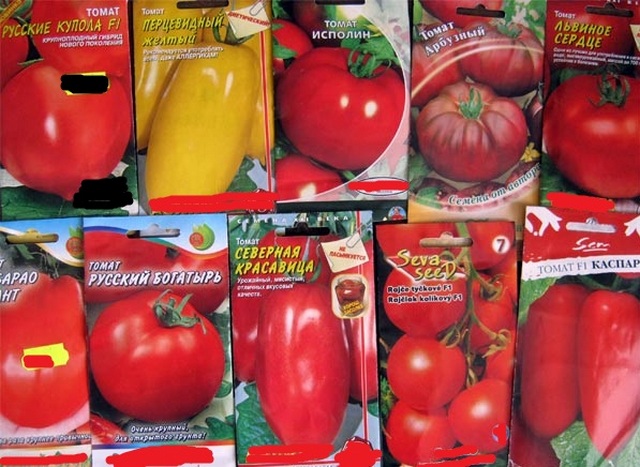
Next, you need to disinfect the seeds. Experienced gardeners do this in a weak water solution of manganese. You can also use hydrogen peroxide. To do this, dilute 2 teaspoons of the product in 1 liter of water. The seeds are kept in this liquid for about 15 minutes.
Now you can start sprouting directly. This is most often done using plain water. But some gardeners use aloe juice as a growth biostimulant.
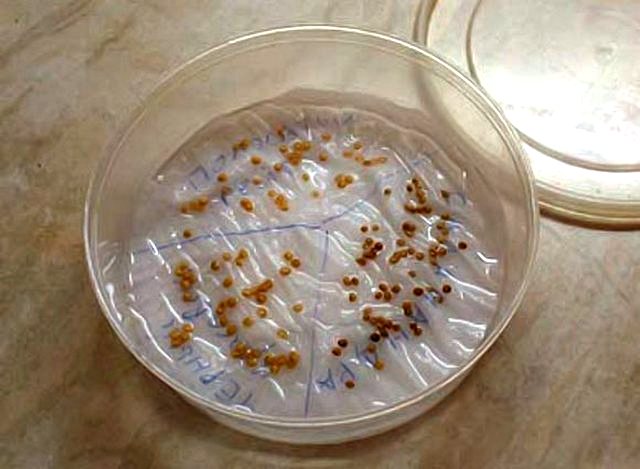
To do this, we pass the leaves of a three-year-old plant through a meat grinder, squeeze the mass and dilute with warm water in equal proportions. We put the seeds on cheesecloth and put them in the solution. After 18 hours, take out cheesecloth with seeds and put in a warm place until sprouts appear.
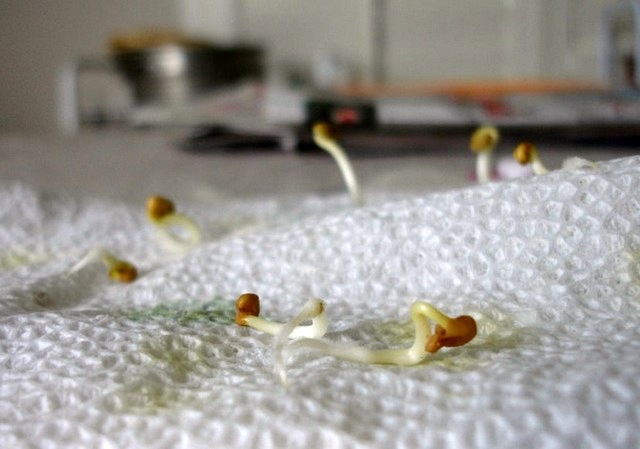
How to sow tomato seeds in peat pots
While our seeds are sprouting, we will take care of the soil and containers for planting them. Here you can go, so to speak, in two ways. Or use small plastic or paper pots, or purchase special peat pots.
Why are these pots good. They contain ready-made peat soil, which may also contain a number of additional stimulating components. In addition, after the seeds have germinated, when the time comes to transplant the tomato sprouts, they do not need to be removed from the pots, but can be transplanted directly with them.
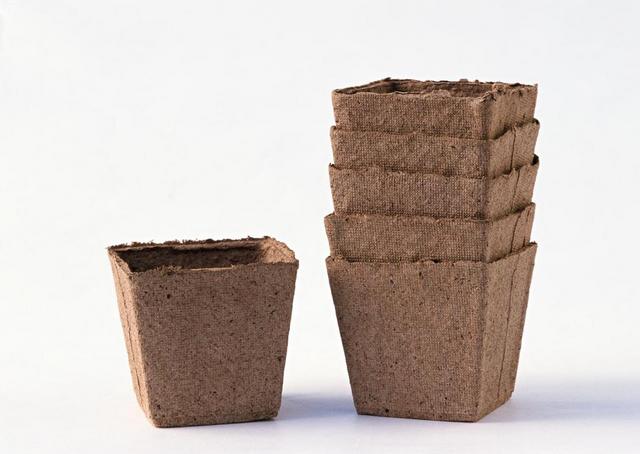
So, we decided the same with the pots. Now you need to prepare the ground. You can go to your nearest garden store and buy special seedling soil there, or you can prepare it yourself.
True, in the second option, this is best done in the fall. That is, to put it simply, it must be prepared in advance. We take garden soil, humus and mix in equal parts. Then, based on a bucket of soil, add 100 gr. chalk or eggshell and add another 100 gr. ash. You can also add a little urea, potassium sulfate and superphosphate (but not more than 15% of the total mass).
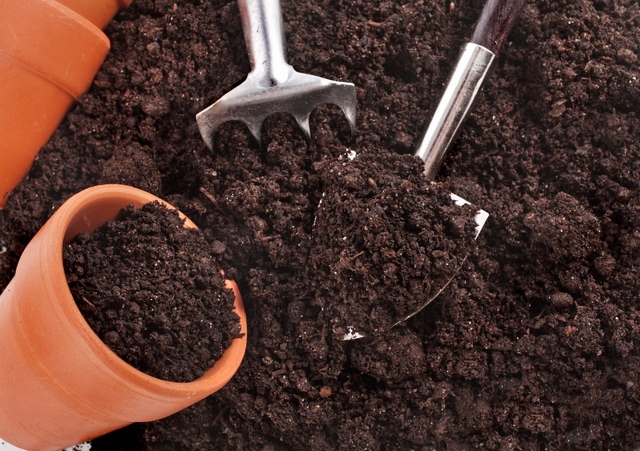
Having prepared the soil and pots, we are waiting for the seeds to peck. After that, we put a couple of seeds in each pot to a depth of about 1 centimeter. In general, planting one seedling in one pot would be best. We pre-moisten the soil. After planting the seeds, sprinkle with soil and moisten again.
We put the pots in a pallet and cover with polyethylene, creating a kind of mini-greenhouse. We put it in a warm room with good lighting. The temperature should not drop below 22 degrees.
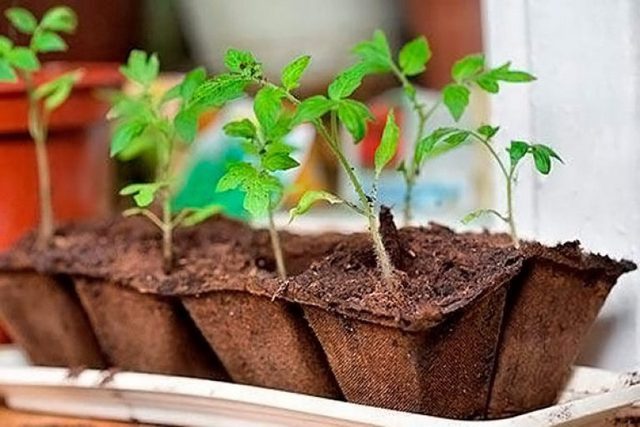
After the shoots appear, we remove the film and keep it already open. As soon as the seedlings have 2-3 leaves, they can be dived. Tomatoes grown in peat pots can not be pulled out of them, but just planted.
If you used plastic or paper pots, then carefully remove and clean the plant from the ground. Take away weak and damaged ones. From the transplanted plant, pinch off the lower third of the root - this is the pick and plant it in prepared pots, in which the soil mixture is saturated with potassium permanganate per 10 liters of water - 0.5 g. potassium permanganate.
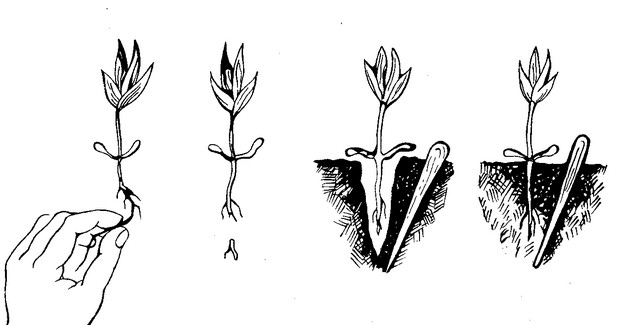
We water the seedlings after picking and transplanting almost weekly. The main thing is to ensure that the soil does not dry out.
Methods for planting tomatoes without picking
Planting seeds with a pick is a somewhat laborious process and not everyone likes it. Especially if you planted tomatoes at a later date, for example, in March-April. In addition, the root that has not undergone picking turns out to be much better developed and the plant can be watered less often.
Therefore, many are interested in the method of landing without a dive.
The whole process is similar to that described above, with the only difference that you need to plant only one seed per pot. Use tweezers to make it easier to do this.
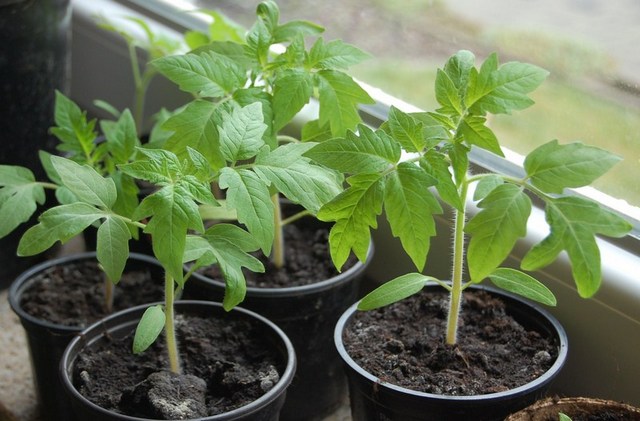
Seeds should be placed with the root down. After the seeds have germinated, they will no longer need to be transplanted and they will continue to stretch in pots, until they are planted in the garden.
You can plant seedlings in boxes. This is provided that you want to grow more than two dozen tomatoes. But at the same time, one must try to plant the seeds at an equal distance from each other.
Seedling care
Caring for dived and non-dived seedlings is practically the same. The main thing is to maintain adequate lighting and moderate watering.
However, the difference, albeit small, is there.
For dived tomatoes, during transplanting, you have already removed the weak sprouts. And for non-dived plants, the weak ones just need to be cut off. Do not under any circumstances pull them out, otherwise you can damage the roots of neighboring good plants. Also, after they ascend, you should move them to a cooler place.
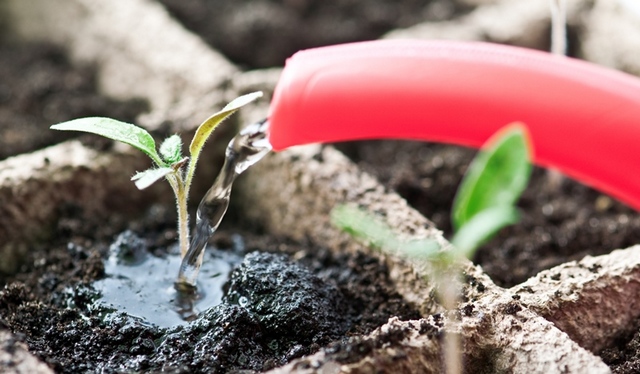
In addition, once a week, the soil must be hilled. Water not very often, but abundantly. Moreover, watering is carried out only when the land becomes dry. Once a week, the plants can be fed with organic matter. This is either an infusion of chicken manure, or mineral fertilizers.
If the seedlings look frail, then they are undernourished.
So, if the leaves are purple, then there is not enough phosphorus, and if yellow, nitrogen. If the leaves are wrinkled, they lack potassium; the presence of white spots indicates a lack of iron.
But, one way or another, and the seedlings grow here literally by leaps and bounds. When can it be planted in open ground?
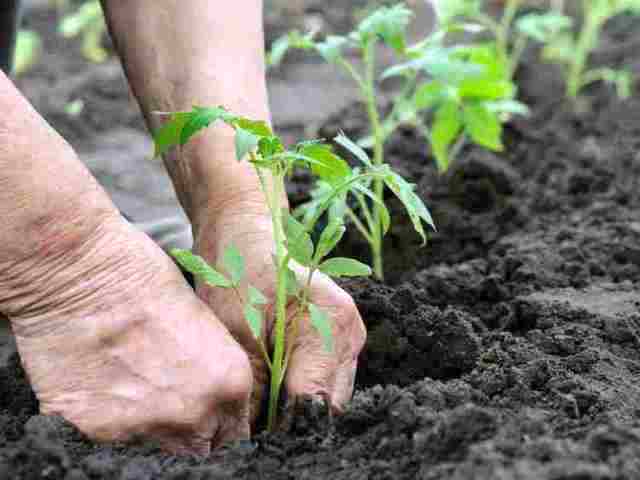
If the plant has a stem of about 30 cm, and it has 6-7 leaves, then it can already be planted. However, you still need to look at the weather conditions. If the threat of frost has passed, then proceed to disembarking boldly. The main thing is that the temperature should not be lower than 15 degrees.
Features of planting tomatoes in a greenhouse
What is good about the greenhouse, you can not wait until it gets warmer outside, but plant your seedlings much earlier. However, one circumstance must be taken into account - what is yours.
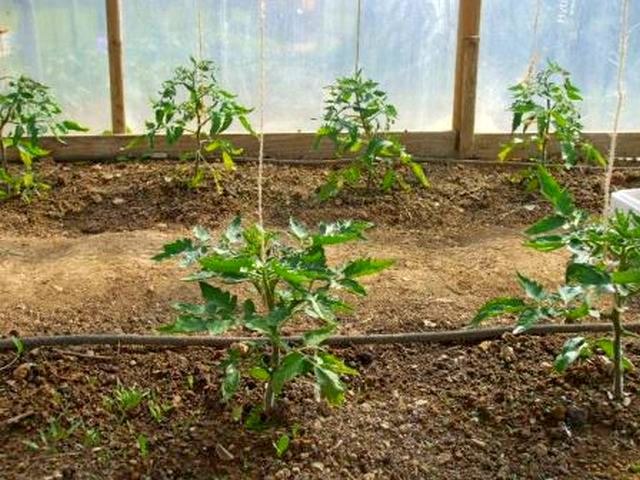
If it is glass and heated, then the seedlings can be planted in it already at the end of April - beginning of May. If there is no heating, but you have made an additional film covering, then we will plant it in May. In simple greenhouses or under a film in the ground - already at the very end of May. In this case, the air temperature should be at least 20 degrees.
The soil is best suited for humus or sod. For each square meter of it we add three tablespoons of granular superphosphate, a teaspoon of sodium nitrate or urea, a tablespoon of potassium magnesium and potassium sulfate and one and a half glasses of wood ash.
We plant seedlings in such soil.
Video on how to care for seedlings from germination to picking
And in this video you can see what conditions must be observed for better growing seedlings. What temperature and light conditions should be observed, and how to create it.
Also from this video you can learn about the required composition of the soil, about proper watering, and in general about everything related to caring for seedlings.
The planting season will begin very soon. And it is important not to miss this moment, and to do everything right. So that our seedlings take root well, grow and develop. And in order to reap a worthy harvest in the summer, pleasing us with its fruits.
Good harvests to you!





